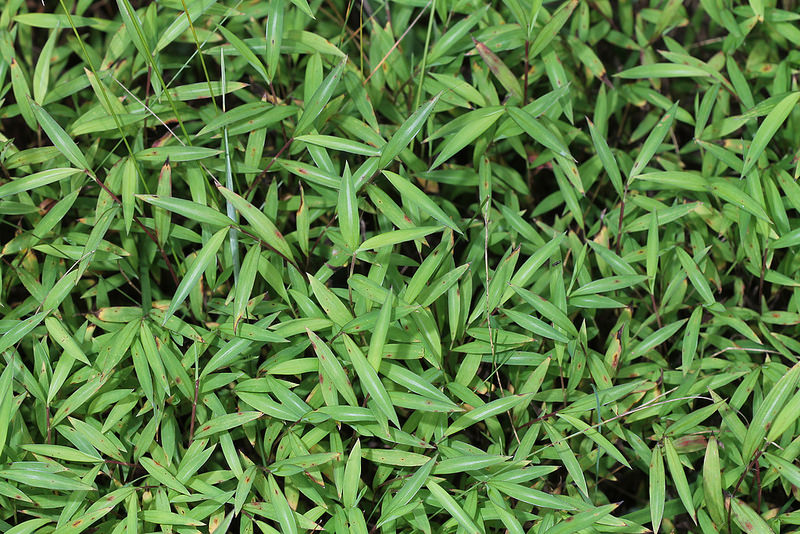Stiltgrass
A pernicious, non-native, invasive plant that is spreading like wildfire across our landscape.
It’s time to treat stiltgrass, a pernicious, non-native, invasive plant that is spreading like wildfire across our landscape. Vigorous patches of this invasive plant have been spotted growing along our roadsides, particularly along Farmview Road, creeping into our yards and lawns where it displaces desirable lawn grasses, and spreading into surrounding forests where it overwhelms and destroys biodiversity and natural habitat for animals, birds, and insects.
Non-native plants become invasive when they put out huge amounts of seeds or send out large root networks and are hard to contain, usually because there are no natural controls like insects or disease. Non-native plant species, like stiltgrass, are a leading cause of declines in native plant and animal numbers and are a factor in Endangered Species Act listings.
Invasive plants outcompete and displace native plants that many native wildlife species depend on for food and cover and spreads unchecked into the forest beneath the trees. Many are not good hosts or food sources for local beneficial insects, affecting everything from pollinators to caterpillars, and may not provide food needed for native wildlife, like local birds which need the nutrition for migrating or wintering over. Stiltgrass also grows in pastures. Livestock and horses rarely eat it, and it outcompetes desired pasture forage species.
Invasive plants cost the U.S. economy an estimated $120 billion dollars annually in lost crop and livestock production. These costs are passed on to consumers through higher prices for agricultural products. For example, the money we spend for weed control in pastures is reflected in the price of our beef. The U.S. Congress Office of Technology Assessment reports that a dollar spent on early weed control prevents $17 spent in future control efforts. For this reason, there are regional, state and federal efforts to help farmers and landowners combat invasive vegetation. Increasing efforts to prevent and control invasives is the most cost effective and ecologically successful approach.
A healthy plant community has a variety of native herbs, shrubs, and trees that many native wildlife species depend on for food and cover. Invasive plants, including stiltgrass, are damaging to our fields and forests, as well as our neighbors’, and it is important to control them. Many invasive plants are almost impossible to eradicate once they are established, but they can be controlled. We can do our part by limiting the spread of stiltgrass on our land where we can, which is necessary if we are to be good neighbors and good stewards of the land. Invasive plants do not follow boundaries.
Blue Ridge PRISM Fact Sheet
Blue Ridge PRISM, the Partnership for Regional Invasive Species Management, is Virginia’s first Cooperative Weed Management Area and a registered 501(c)(3) public charity working to reduce the impact of invasive plants on the ecosystems of the northern Blue Ridge Mountains and surrounding areas. More than 90 nonnative plants are listed as invasive by the Virginia Department of Conservation & Recreation.
Even where stiltgrass has been established for only a few years, it forms a dense groundcover that smothers native plants, spreads unchecked into the forest beneath the trees preventing regeneration of forests and fields.
Blue Ridge Prism provides fact sheets on common invasive plants in our area with more detailed information about the plant including habitat preferences, identification, and control options.. For a detailed downloadable fact sheet on stiltgrass, click here.
For currently approved herbicide recommendations, check the Virginia Department of Forestry chart Non-Native Invasive Plant Species Control Treatments, which you can download from the Blue Ridge PRISM website. https://blueridgeprism.org/

